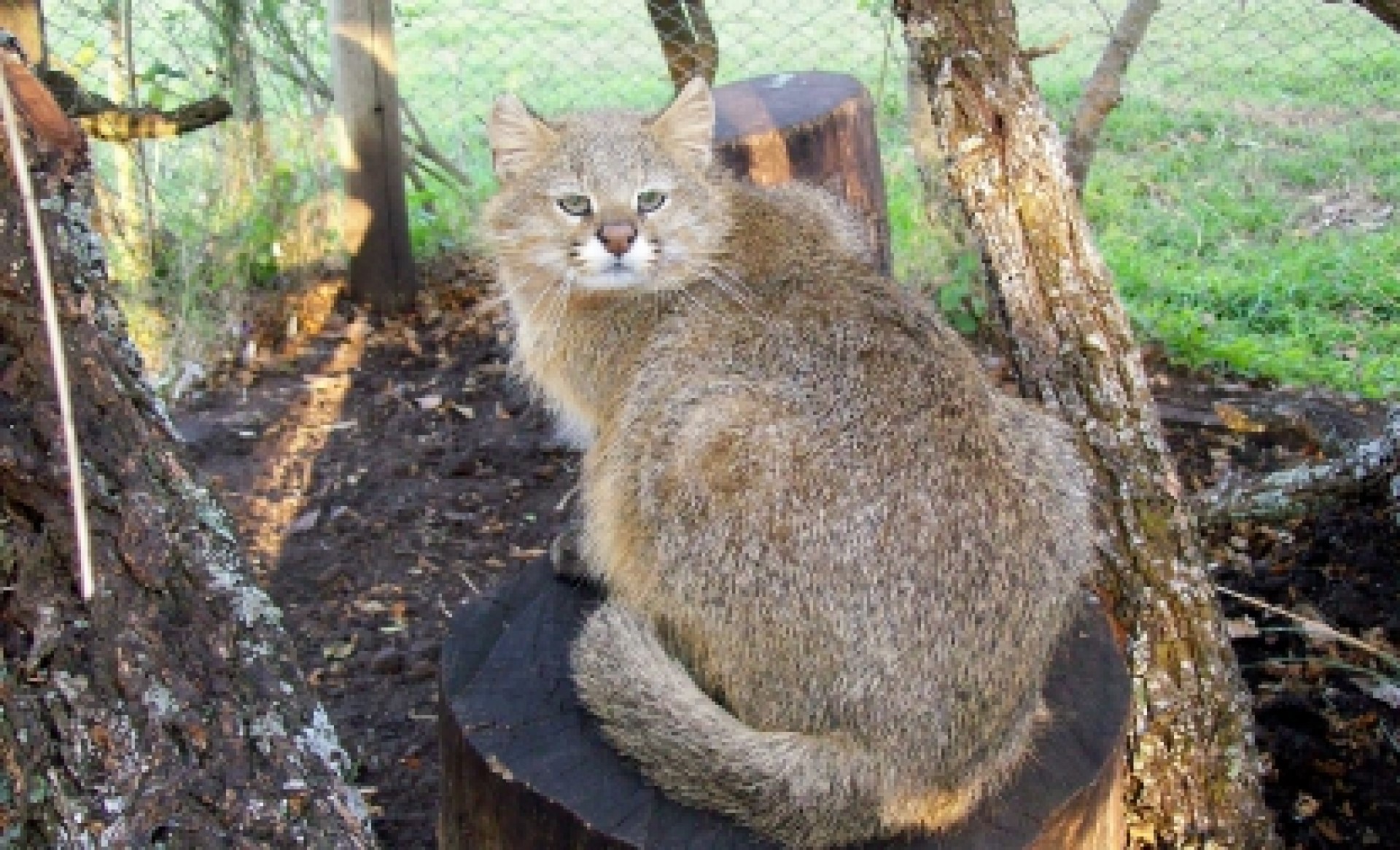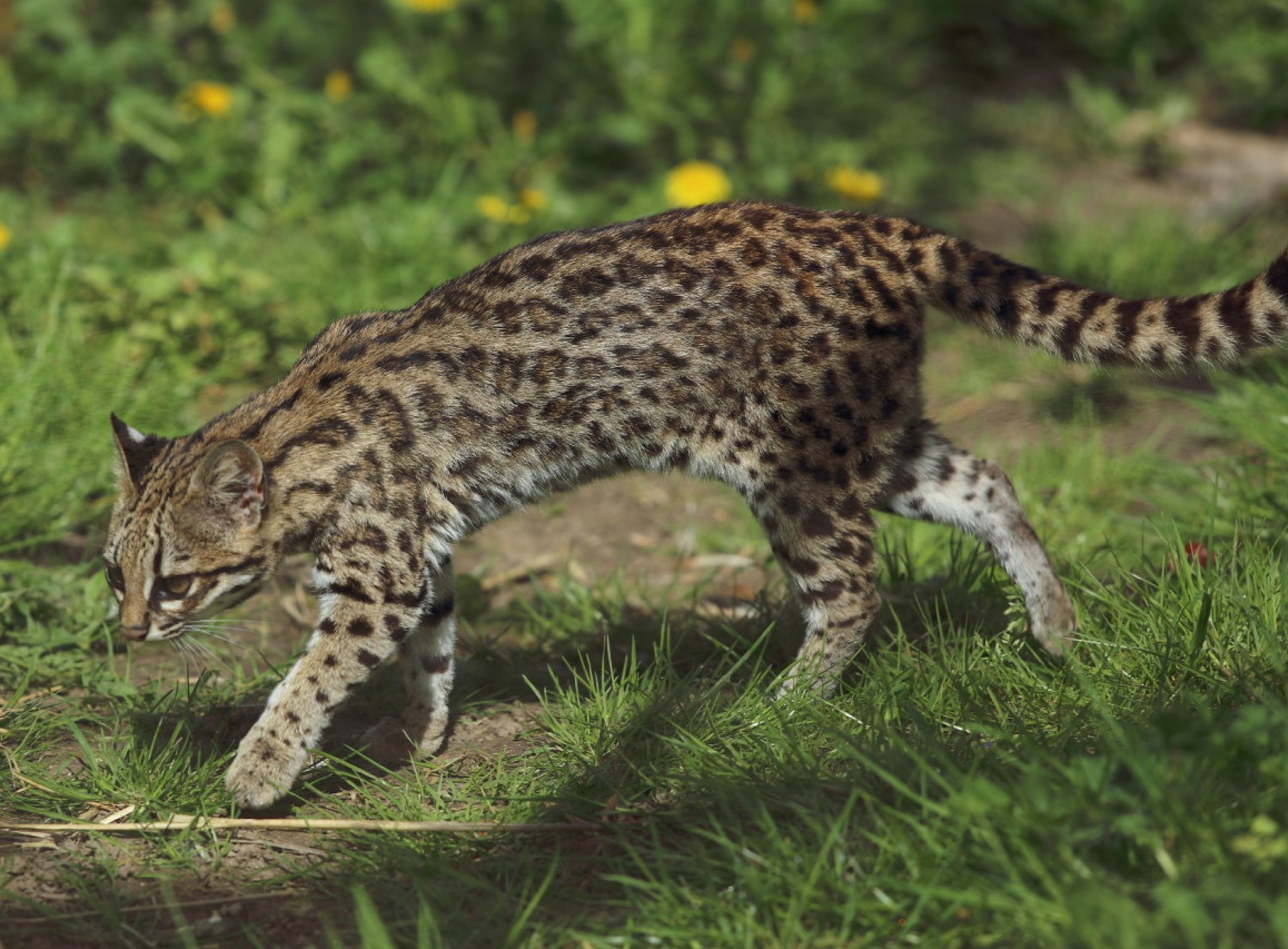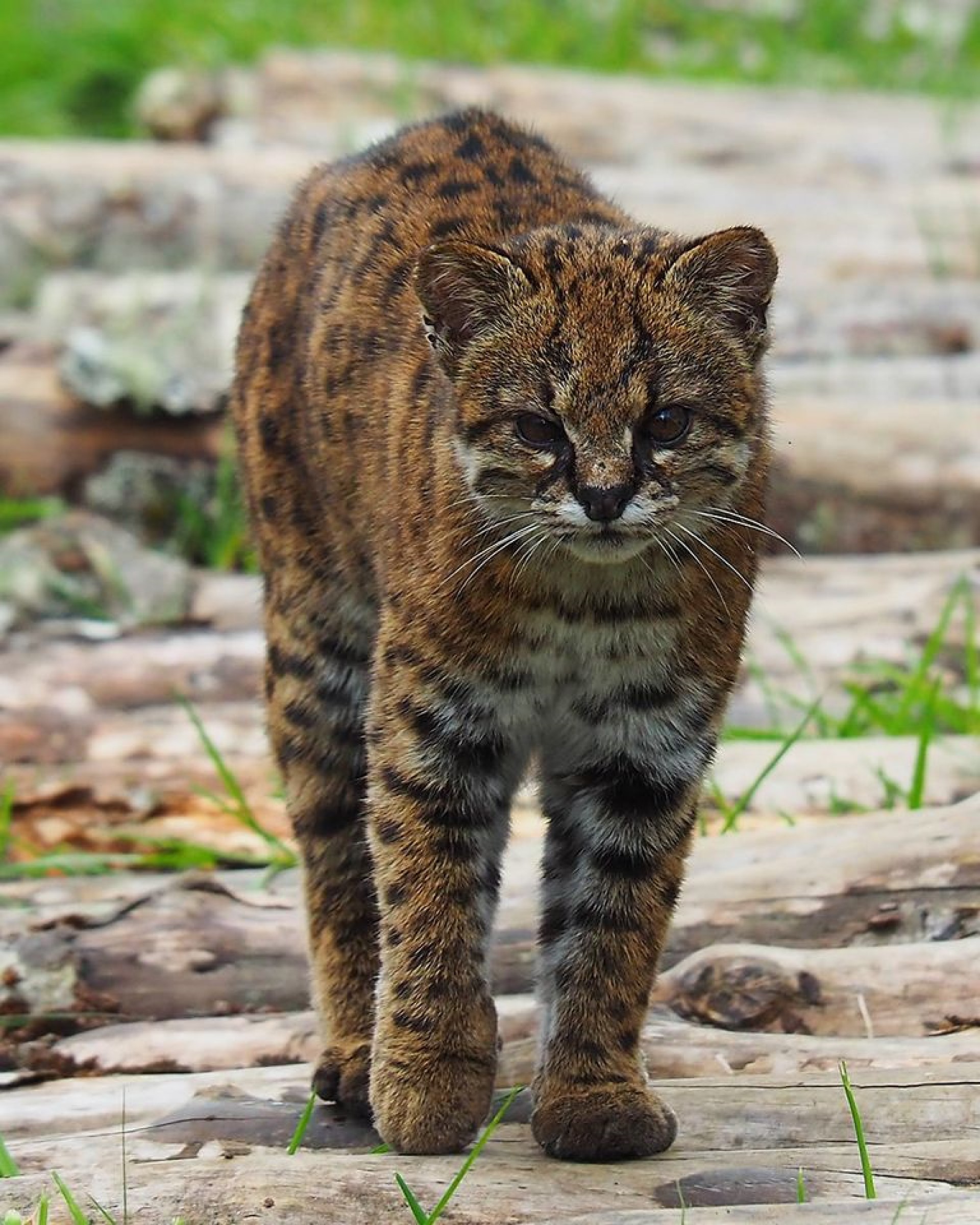
Margay
This is a relatively small wild cat that is found in central and Southern America, living in primary evergreen and deciduous forests. Until the 1990s they were illegally hunted for the wildlife trade, causing a significant decrease in the wild population. Sine 2008 they have been listed as near concern due to declining population, thought to be caused by habitat loss. It is classed as near threatened -one up from least concerned, but one down from Vulnerable.
There are currently 3 recognized subspecies, these are in turn found South of the Amazon, North of the Amazon and in Central America.
[smart_post_show id="13625"]




















